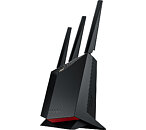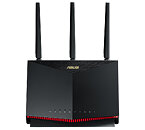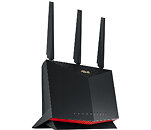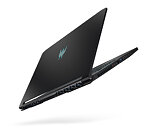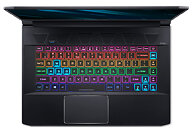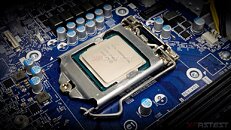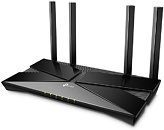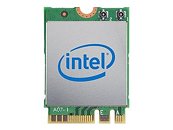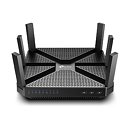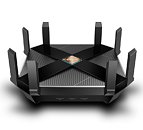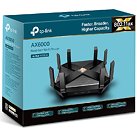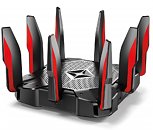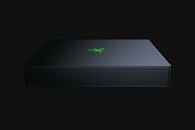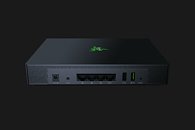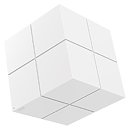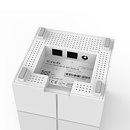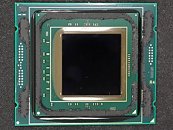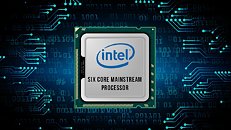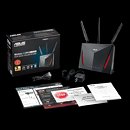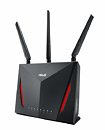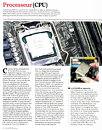Netgear Updates Orbi Pro Lineup with Wi-Fi 6 AX6000 Tri-Band Model
NETGEAR, Inc., the leading provider of networking products that power businesses both large and small, today announces the addition of WiFi 6 to the Orbi Pro portfolio. The Orbi Pro WiFi 6 (SXK80) Tri-band Mesh System is an industry leading tri-band WiFi 6 (802.11ax) multi-node mesh system designed to grow with small businesses and home offices as the need to expand their area of network coverage increases. It is comprised of a single router and a single satellite, and can expand to support up to 6 satellites (wireless nodes).
The Orbi Pro WiFi 6 Tri-band Mesh System provides the latest generation of WiFi technology to deliver increased capacity, advanced security and enhanced speed for employees, customers and guests of small businesses and small office environments. In an era where business is widely being conducted remotely while other members of the household are also dependent on connectivity, this new addition to the Orbi Pro family can also address the demand for separate and secure WiFi networks when working from home. Featuring the latest WiFi data security standard, WPA3, along with 4 SSIDs and VLAN support, the Orbi Pro WiFi 6 Mesh System provides a secure network while also isolating connections for separate activities, making it the ideal solution for today's work from home paradigm.
The Orbi Pro WiFi 6 Tri-band Mesh System provides the latest generation of WiFi technology to deliver increased capacity, advanced security and enhanced speed for employees, customers and guests of small businesses and small office environments. In an era where business is widely being conducted remotely while other members of the household are also dependent on connectivity, this new addition to the Orbi Pro family can also address the demand for separate and secure WiFi networks when working from home. Featuring the latest WiFi data security standard, WPA3, along with 4 SSIDs and VLAN support, the Orbi Pro WiFi 6 Mesh System provides a secure network while also isolating connections for separate activities, making it the ideal solution for today's work from home paradigm.






